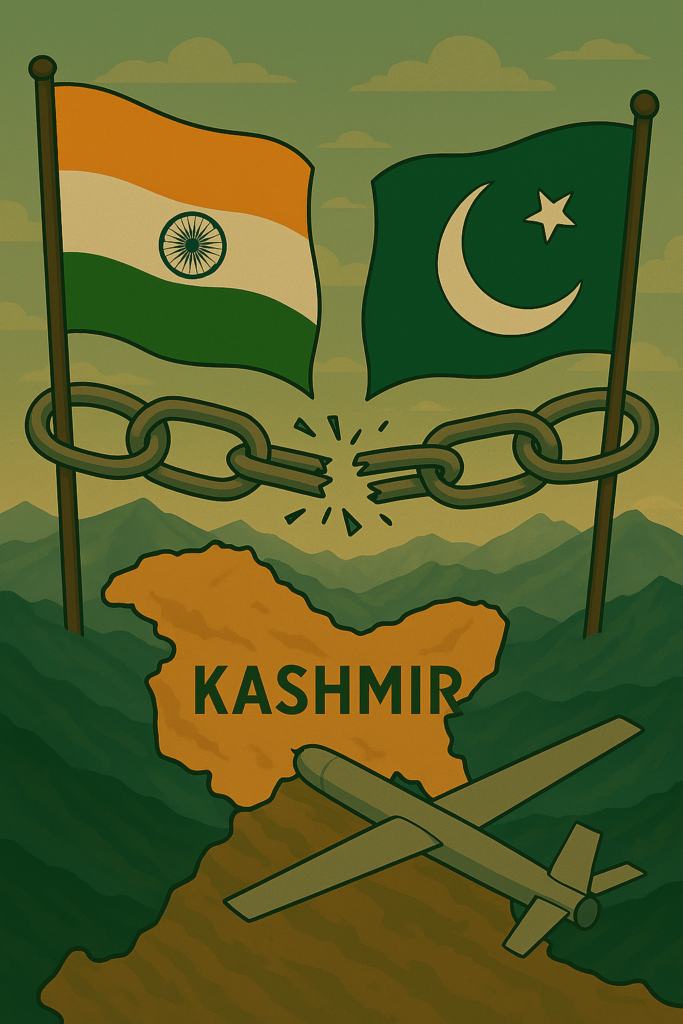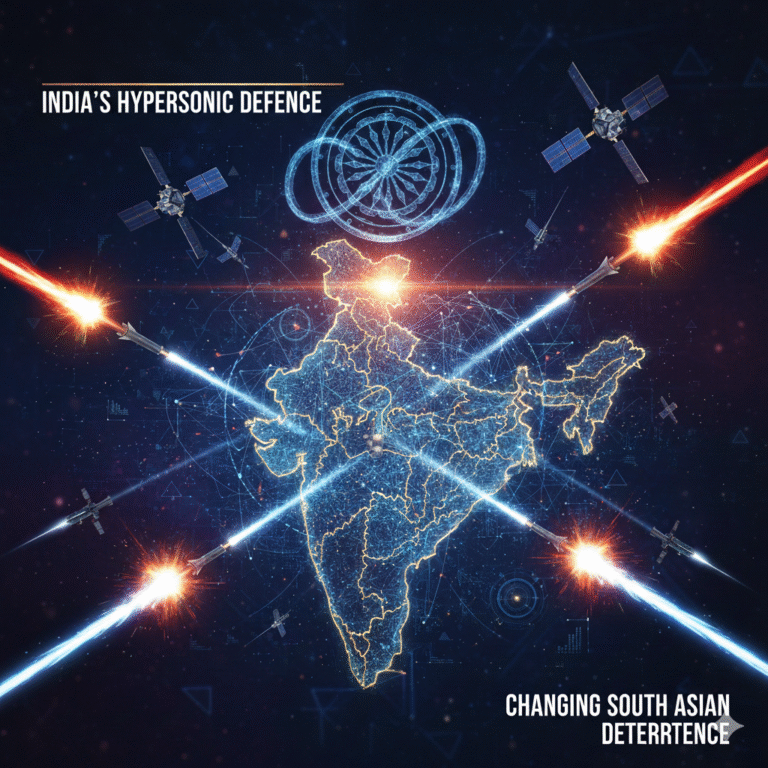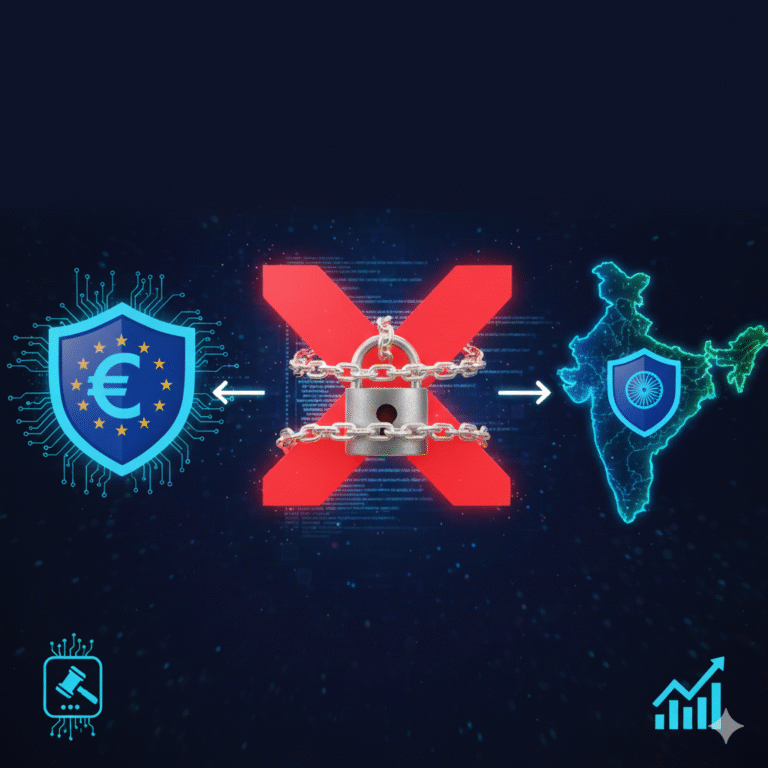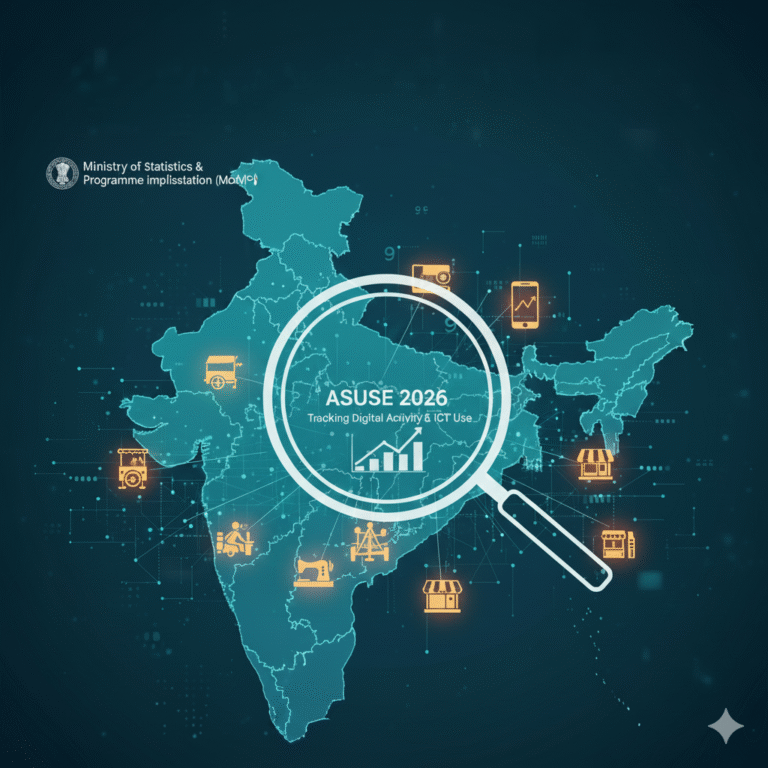The enduring conflict between India and Pakistan is marked not only by immediate military confrontations but also by a recurring pattern of attacks that has plagued the region for decades. Despite tactical victories and peace efforts, the cycle of hostility and violence between the two nations seems to perpetuate itself. The immediate action is often met with retaliation, but the broader, long-term challenge remains unresolved. This article delves into the complexities of ending this perpetual cycle of attacks from Pakistan, considering not only the political, military, and economic aspects but also the strategic measures India must adopt for lasting peace.
The Immediate vs. Long-Term Challenges
Immediate Actions and Responses
The immediate response to a terrorist attack or military aggression from Pakistan often involves a swift military retaliation. For instance, after high-profile attacks like those in Mumbai (2008) and Pulwama (2019), India has undertaken surgical strikes and airstrikes targeting terror camps in Pakistan-occupied Kashmir (PoK) or other strategic locations. These actions are aimed at crippling Pakistan’s terror infrastructure and sending a strong message to the adversary.
However, while these actions yield short-term strategic gains, they rarely address the root cause of the conflict—the regular cycle of attacks and infiltration across the border. The challenge, therefore, lies in moving beyond immediate responses to tackling the long-standing strategic issues that fuel this violence.
The Cycle of Violence
Pakistan has, at multiple points, backed cross-border terrorism as a method of statecraft. The terrorist attacks on Indian soil are not isolated events but part of a pattern that includes infiltrations, attacks on military installations, and assaults on civilian infrastructure. This cycle is driven by multiple factors, including historical grievances, military interests, and political instability within Pakistan.
India, while responding to each of these attacks with force, faces the problem of repeated provocations that prevent long-term stability. For India, breaking this cycle is crucial not only for national security but also for regional peace and prosperity. Without addressing the broader systemic issues at play, any military retaliation risks becoming yet another event in an endless series of retaliations.
The Pakistan Challenge: Root Causes and Long-Term Implications
Historical Grievances and Nationalist Movements
The roots of the India-Pakistan conflict can be traced back to the partition of India in 1947, which left deep scars in the psyche of both nations. For Pakistan, the creation of India as a sovereign state signified the loss of what many perceive as their rightful share of territory, particularly the region of Kashmir. This historical grievance has continued to fuel hostility and a nationalist ideology that emphasizes reclaiming lost territories.
Pakistan’s military establishment, which has historically wielded significant political power, views its rivalry with India as a core national security concern. Over the years, various governments in Pakistan, whether democratic or military-led, have leveraged anti-India sentiment to solidify internal power dynamics. This sentiment often translates into cross-border terrorism as a tool of statecraft, as seen with the backing of groups like Lashkar-e-Taiba and Jaish-e-Mohammed.
Military-Industrial Complex and Proxy Warfare
Pakistan’s reliance on proxy warfare has allowed it to challenge India without direct military confrontation. Through terrorist organizations and insurgent groups, Pakistan can destabilize Indian territories, especially in Kashmir, without risking large-scale military conflict. The support provided to these groups has been an ongoing concern, with Pakistan denying or deflecting accusations of supporting terrorism.
The Pakistani military-industrial complex has played a crucial role in enabling this strategy. The military’s dominance in the country’s decision-making process and the centrality of defense-related businesses to the economy ensures that a sustained rivalry with India remains a cornerstone of Pakistan’s military strategy. The military establishment, rather than political leaders, remains the primary driver of policy on Kashmir and India.
The Role of Religion and Ideology
Religious extremism has been another factor that has fueled tensions. The rise of Islamist militancy in Pakistan, especially post-1979, has provided Pakistan’s military with both a strategic and ideological tool to undermine India. The use of religion to legitimize state-sponsored violence against India has fostered a radicalized mindset, not just among Pakistan’s military but also within significant sections of the population.
India’s secular fabric, in contrast, finds itself continually threatened by these ideologies. As Pakistan’s religious radicalism continues to spread, it becomes harder for India to engage in meaningful diplomatic or peace talks. This ideological divide, combined with political and military tensions, makes it even more challenging to break the cycle of violence.
Strategic Approaches for Ending the Cycle of Attacks

Diplomatic Engagement and International Support
While military responses may offer short-term satisfaction, they fail to resolve the underlying issues that perpetuate cross-border terrorism. Diplomatic engagement with Pakistan, backed by international pressure, remains one of the key tools in breaking the cycle of attacks.
India’s engagement with global powers such as the United States, Russia, and China has been critical in highlighting Pakistan’s role in supporting terrorism. By utilizing international forums such as the United Nations, India can push for more robust sanctions and penalties against Pakistan’s military establishment and terror groups operating on its soil.
One example is India’s successful efforts to get Jaish-e-Mohammed’s chief, Masood Azhar, designated as a global terrorist by the United Nations in 2019. Similarly, India must continue to leverage global diplomatic platforms to isolate Pakistan internationally and build the case for economic and military sanctions, reducing Pakistan’s ability to sponsor terrorism.
Counter-Terrorism and Intelligence Sharing
Enhanced counter-terrorism measures at the border, along with better intelligence sharing, are key to preventing attacks before they occur. India’s intelligence agencies, in collaboration with allies like the United States, can help dismantle terror networks operating within Pakistan. Furthermore, increasing border surveillance through advanced technology such as drones and satellites will enable India to counter infiltrations more effectively.
In recent years, India has also worked towards strengthening its counter-terrorism capabilities, such as the establishment of the National Investigation Agency (NIA) to deal with cross-border terror activities. However, more focus must be placed on addressing the root causes, which include the ideological backing of terror groups by Pakistan’s military.
Economic and Social Measures
Beyond military retaliation and diplomatic pressure, India must also consider economic measures to ensure long-term stability. Pakistan’s fragile economy makes it more vulnerable to external pressures, and India can leverage economic sanctions to target Pakistan’s strategic sectors, such as defense manufacturing and energy.
The social aspect of the conflict must also be addressed. Pakistan’s population must be made aware of the costs of maintaining a hostile stance towards India. By fostering people-to-people exchanges and opening avenues for collaboration in trade and development, India can encourage a shift in mindset among Pakistanis, especially the younger generation, toward peaceful coexistence.
The Way Forward: Breaking the Cycle
Multilateral Regional Cooperation
A stable South Asia requires cooperation between India, Pakistan, and other regional players such as Afghanistan, Bangladesh, and Sri Lanka. The South Asian Association for Regional Cooperation (SAARC) should be revitalized as a platform for engaging Pakistan in meaningful discussions on peace and security in the region.
Additionally, strengthening ties with countries like Bangladesh, which has traditionally supported India’s stance on counter-terrorism, will help create a broader regional coalition against Pakistan’s destabilizing activities. The cooperation between India and its neighbors should aim at regional security, joint economic development, and the prevention of cross-border terrorism.
Strengthening India’s Military and Strategic Capabilities
India must continue to enhance its military capabilities, especially in terms of precision strikes, surveillance, and defensive technologies. While military retaliation remains a necessary tool, India must focus on ensuring that its deterrence capabilities are robust enough to discourage future aggressions from Pakistan.
In the event of a full-scale confrontation, India’s ability to defend itself effectively and swiftly will be paramount. This includes not just conventional warfare but also cybersecurity, space warfare, and unconventional strategies such as information warfare to undermine Pakistan’s military objectives.
Conclusion: Ending the Cycle
The challenge of ending the cycle of attacks from Pakistan is not only about responding to immediate threats but also about addressing deep-seated historical, political, and ideological issues. India must employ a multifaceted approach that combines military, diplomatic, economic, and social measures to break the chain of violence.
While the road ahead is difficult and fraught with challenges, sustained efforts in these areas will eventually push for long-term peace and stability in the region, allowing both India and Pakistan to move beyond perpetual conflict towards cooperation and coexistence.









+ There are no comments
Add yours